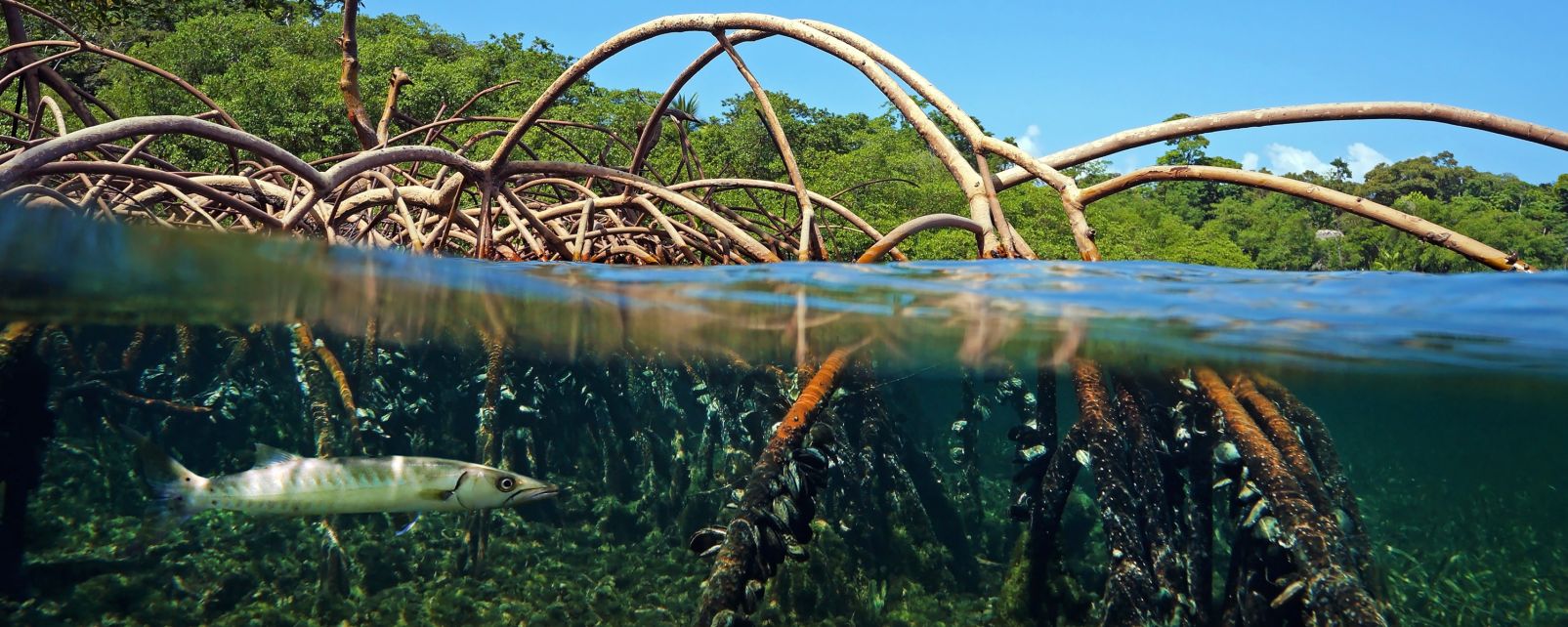


Frontiers in Cellular and Infection Microbiology In Press 2020
Extracellular Vesicles Could Carry an Evolutionary Footprint in Interkingdom Communication.
Ricardo Correa, Zuleima Cabal-lero, Luis De león, Carmenza Spadafora.
Abstract:
Extracellular vesicles (EVs) are minute particles secreted by the cells of living organisms. Although the functional role of EVs is not yet clear, recent work has highlighted their role in intercellular communication. Here, we expand on this view by suggesting that EVs can also mediate communication among interacting organ-isms such as hosts, pathogens and vectors. This inter-kingdom communication via EVs is likely to have important evolutionary consequences ranging from adaptation of parasites to specialized niches in the host, to host resistance and evolution and mainte-nance of parasite virulence and transmissibility. A potential system to explore these consequences is the interaction among the hu-man host, the mosquito vector and Plasmodium parasite involved in the malaria disease. Indeed, recent studies have found that EVs derived from Plasmodium infected red blood cells in humans are likely mediating the parasite’s transition from the asexual to sexual stage, which might facilitate transmission to the mosquito vector. However, more work is needed to establish the adaptive conse-quences of this EV signaling among different taxa. We suggest that an integrative molecular approach, including a comparative phylogenetic analysis of the molecules (e.g., proteins and nucleic acids) derived from the EVs of interacting organisms (and their closely-related species) in the malaria system will prove useful for understanding interkingdom communication. Such analyses will also shed light on the evolution and persistence of host, parasite and vector interactions, with implications for the control of vector borne infectious diseases.
Sci Rep. 2019;9(1):5042. doi: 10.1038/s41598-019-41697-x.
Extracellular vesicles carrying lactate dehydrogenase induce suicide in increased population density of Plasmodium falciparum in vitro.
Correa R, Coronado L, Caballero Z, Faral P, Robello C, Spadafora C.
Abstract:
Even with access to sufficient nutrients and atmosphere, Plasmodium falciparum can barely be cultured at maximum growth capacity in vitro conditions. Because of this behavior, it has been suggested that P. falciparum has self-regulatory mechanisms in response to density stress. Only recently has this process begun to be acknowledged and characteristics of a programmed cell death been assigned to the parasite at high parasitaemia in vitro cultures. In searching for death signals within the parasite community, we have found that extracellular vesicles (EVs) of P. falciparum from high parasitaemia cultures are able to induce programmed cell death processes in the population. A comparative proteomic analysis of EVs from low (EVL) and high (EVH) parasitaemia cultures was conducted, pointing to lactate dehydrogenase from P. falciparum (PfLDH) as the only parasite protein overexpressed in the later. Although the major function of P. falciparum lactate dehydrogenase (PfLDH) is the conversion of pyruvate to lactate, a key process in the production of energy in most living organisms, we investigated its possible role in the mechanism of parasite density control by intercellular signaling, given that PfLDH had already been listed as a component of extracellular vesicles of P. falciparum. In this study we present evidence of the EV-associated PfLDH regulation of parasite population by inducing apoptosis in highly parasitized cultures.

Tel: (507) 5170700 - Fax: (507) 5070020 - EFax: (507) 5170701 | INDICASAT - AIP | Edificio 219, Ciudad del Saber | Clayton, Apartado 0843-01103 | Panamá 5 Panamá, Rep. de Panamá.
© Copyright 2014. INDICASAT AIP. Todos los derechos reservados.
INDICASAT.org.pa

Quienes somos
Síguenos